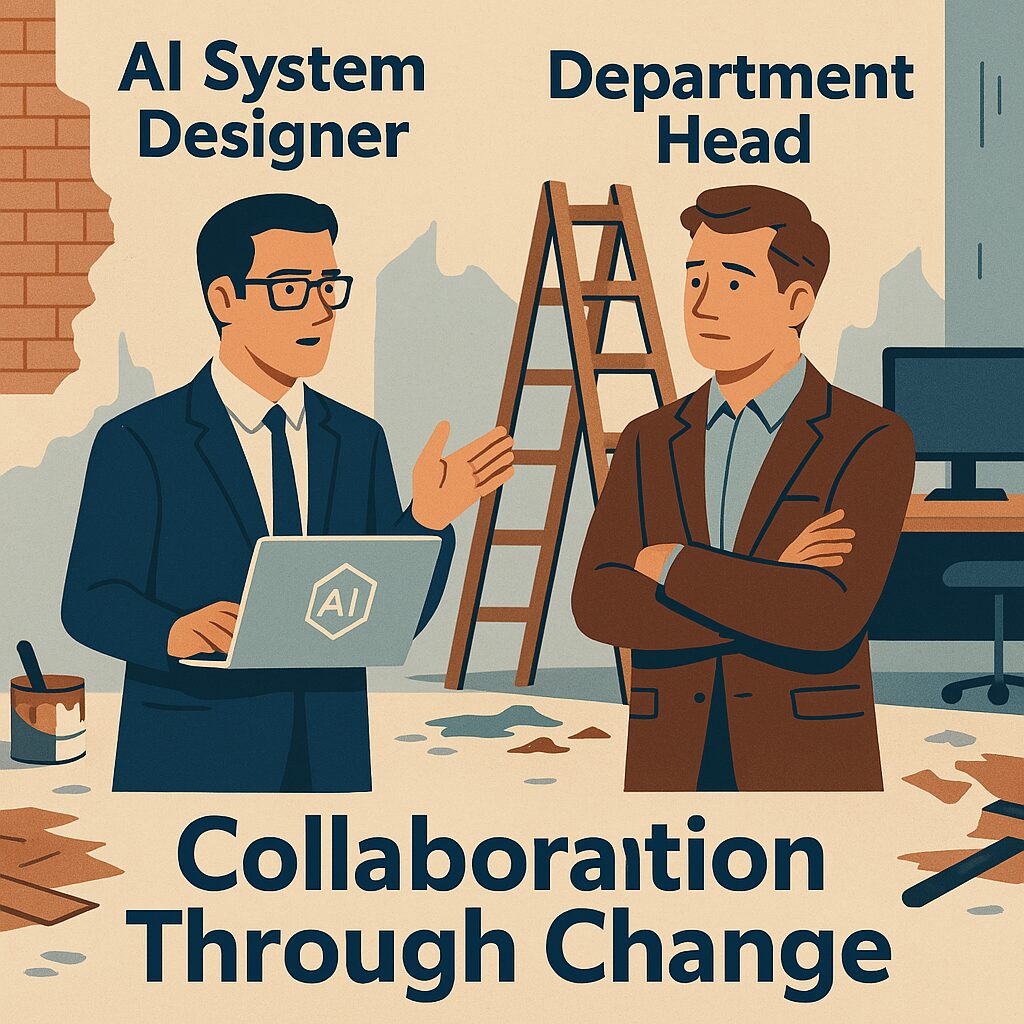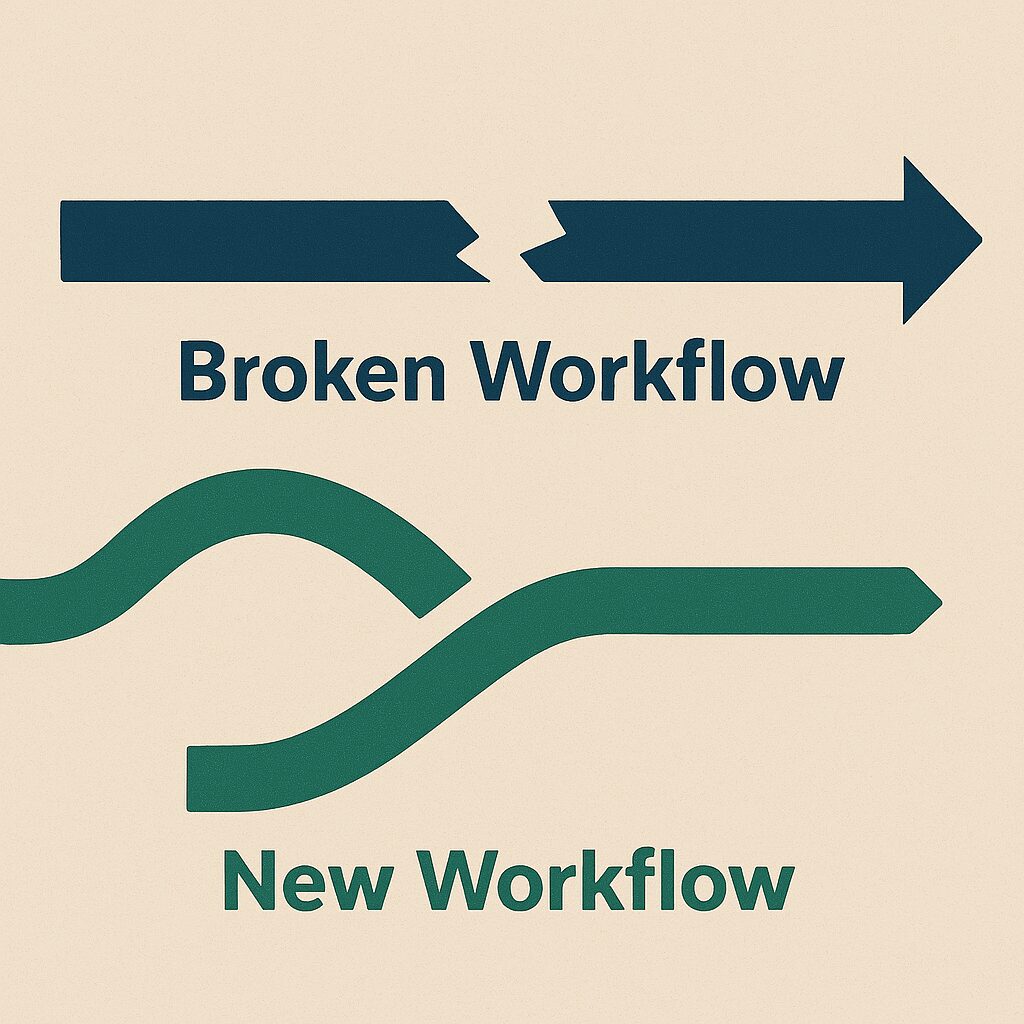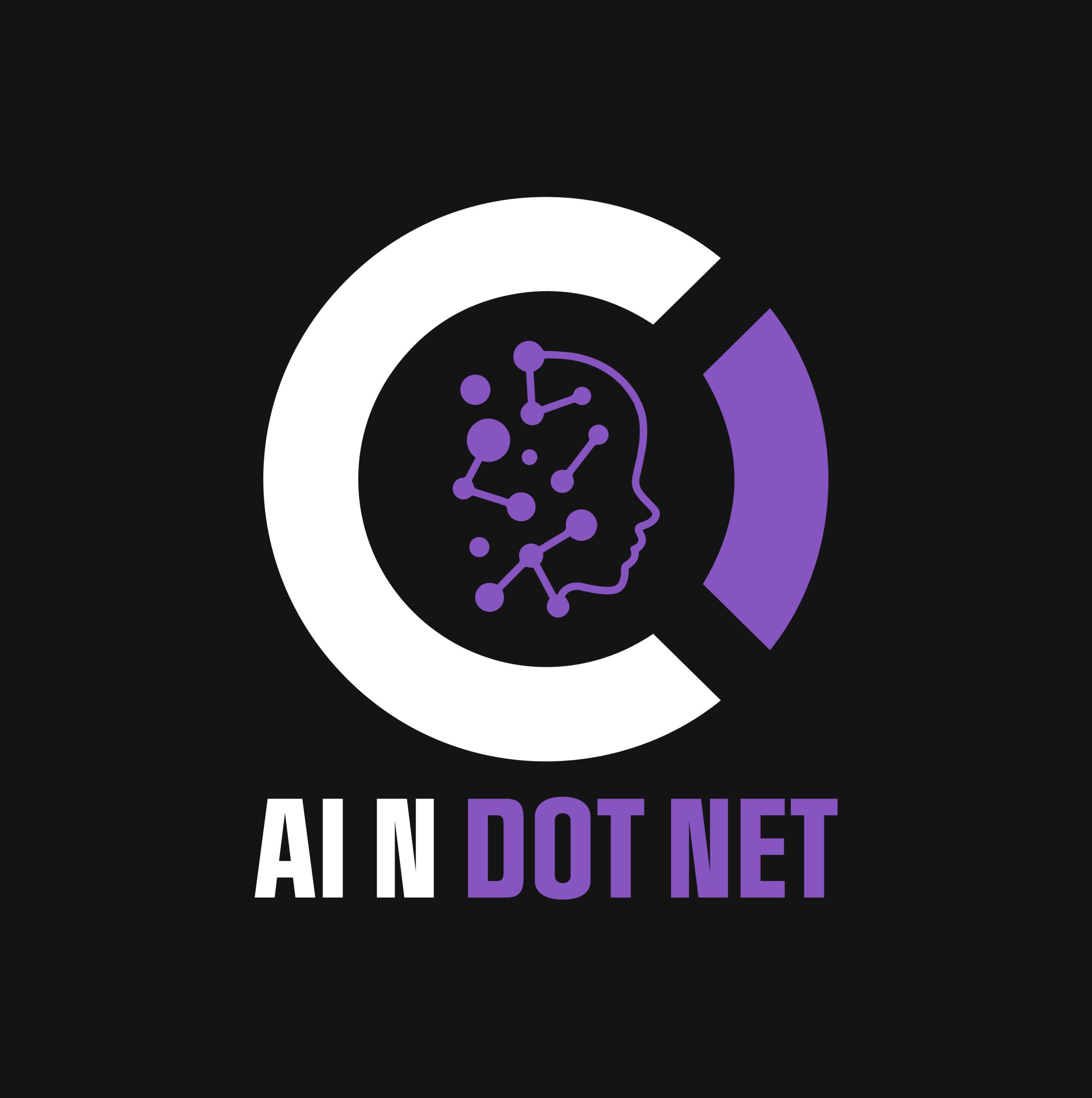AI implementation isn’t plug-and-play—it’s more like remodeling your house while you’re still living in it.
🔍 Why This Matters
As more organizations adopt artificial intelligence (AI) to streamline operations, many overlook a hard truth: the success of an AI project hinges not just on the technology, but on the readiness of key roles—especially project managers and department heads.
Whether you’re launching AI chatbots, predictive models, or automated workflows, role-based readiness determines whether the project disrupts… or transforms.
🏗️ The Remodel Analogy: AI as Department Renovation
Imagine remodeling your kitchen during peak holiday season—and trying to cook three meals a day. That’s what AI implementation feels like for department heads.
You’re tearing up systems while still trying to get work done. Everything’s messy—but the promise is a better system when it’s done.
— AInDotNet
AI disrupts workflows, tools, and even job roles. But unlike a renovation crew, AI doesn’t work after hours. It changes how teams operate in real-time, and without role-based coordination, things fall apart.
🎯 Department Heads: Experts in What, Not How

Department heads are the subject matter experts (SMEs)—the go-to authorities on:
- Department workflows
- Team habits and tools
- What “effective” looks like
But a common failure point is when SMEs try to dictate how the AI system should work, far beyond the scope of minimal viable requirements.
🔧 Problem:
Over-specifying technical implementation adds unnecessary complexity, inflating development time and costs.
✅ Better Approach:
Collaborate on what outcomes are needed. Let architects and dev teams determine how to get there within the technical and budget constraints.
📅 Project Managers: Orchestrators of Controlled Chaos
Project managers are the connective tissue in AI projects:
- They manage risk, scope, and timeline
- They coordinate across technical and business units
- They ensure stakeholders stay aligned—even when things get messy
But PMs often underestimate one critical need: testing time from the department’s top talent.
You can’t test an AI system with interns. You need the people who know where the edge cases and unspoken rules are.
— AInDotNet
PMs must block off significant hours for testing, feedback loops, and user training—even if it slows down daily operations temporarily.
🧭 Key Signs Your Team Isn’t Ready for AI
Red Flags:
- Department heads want AI but resist process change
- PMs haven’t allocated time for testing and training
- No clear owner for post-deployment support
- Requirements read like a wish list—not a roadmap
✅ Role-Based Readiness Checklist
Before your project kicks off, ask:
| ✅ Readiness Factor | Department Heads | Project Managers |
|---|---|---|
| Clear outcome goals | ✔️ | ✔️ |
| Documented workflows | ✔️ | ❌ |
| Change impact understood | ✔️ | ✔️ |
| Testing time blocked | ✔️ | ✔️ |
| Training plan in place | ✔️ | ✔️ |
| Flexibility on implementation details | ✔️ | ❌ |
🤝 Building Trust During the “Messy Middle”

AI implementation always has a messy middle—that moment when:
- Legacy systems are gone
- New systems aren’t fully live
- Everyone’s frustrated
Your job as a leader (PM or department head) is to instill trust:
- Be transparent about the pain points
- Reaffirm the long-term payoff
- Show progress—even if imperfect
The department head needs to know: yes, it’s going to be hell for a while. But the eventual payoff will be greater. We’re building something better.
🚀 Final Thought: Build with Empathy, Deliver with Purpose
Role-based AI readiness isn’t just a best practice—it’s survival strategy.
If you’re a project manager, prepare for resistance.
If you’re a department head, stay flexible on the how.
And if you’re leading AI integration, remember: it’s not about perfection. It’s about progress.
🔗 Need Help Leading Your AI Project?
Contact us to explore how AInDotNet helps medium-to-large enterprises build AI systems that actually work.
Want to stay ahead in applied AI?
📑 Access Free AI Resources:
- Download our free AI whitepapers to explore cutting-edge AI applications in business.
- Check out our free AI infographics for quick, digestible AI insights.
- Explore our books on AI and .NET to dive deeper into AI-driven development.
- Stay informed by signing up for our free weekly newsletter

